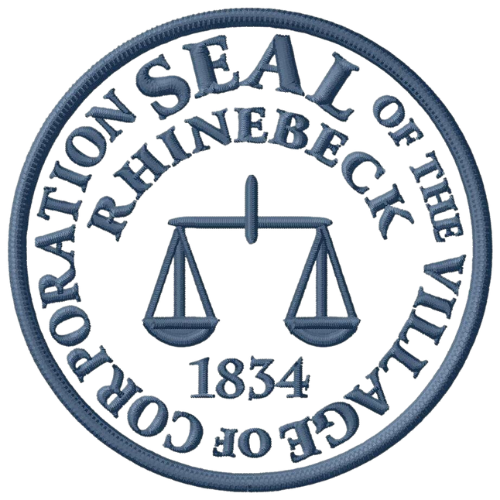
Sea Level Rise
The Hudson River connects to the Atlantic Ocean at New York Harbor, and is a brackish estuary. It is known as “the River that flows two ways” or Mahicannittuk by the Mohican nation. Rhinebeck’s waterfront is being impacted by sea level rise due to climate change. The Village of Rhinebeck owns and operates the Water Treatment Plant on the banks of the Hudson in Rhinecliff.
The Scenic Hudson mapper below shows what the 100 year flood map would look like with just 6” of projected SLR. It shows the access road to the WTP and the lagoon inundated during a flooding event. The access road would not be permanently taken by the Hudson River’s rising levels until after 2100, with a projection of 54” of SLR according to current models.
Sea level rise modeling comes from the non-profit Scenic Hudson. They developed “100-year” flood zone projections of potential sea level rise (SLR) at 12, 30, 54 and 72 inches over current levels, as well as modeling for tidal wetland pathways.
DEC recommends that siting of non-critical facilities and infrastructure include at least the medium SLR projection, while design of critical facilities, such as the Village’s Water Treatment Plant (WTP) on Slate Dock Road, should include the high SLR projection. Salination of the water may also creep north with climate change and sea level rise.
In 2017, the Village did a study on SLR and the impact to our WTP. We received grant money to protect our intake pumps and have completed that work. The study also suggested several other improvements that could be made.
Appendix C Storm Surge Guidance for WTP Operators (NYC Environmental Protection)

